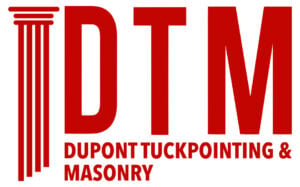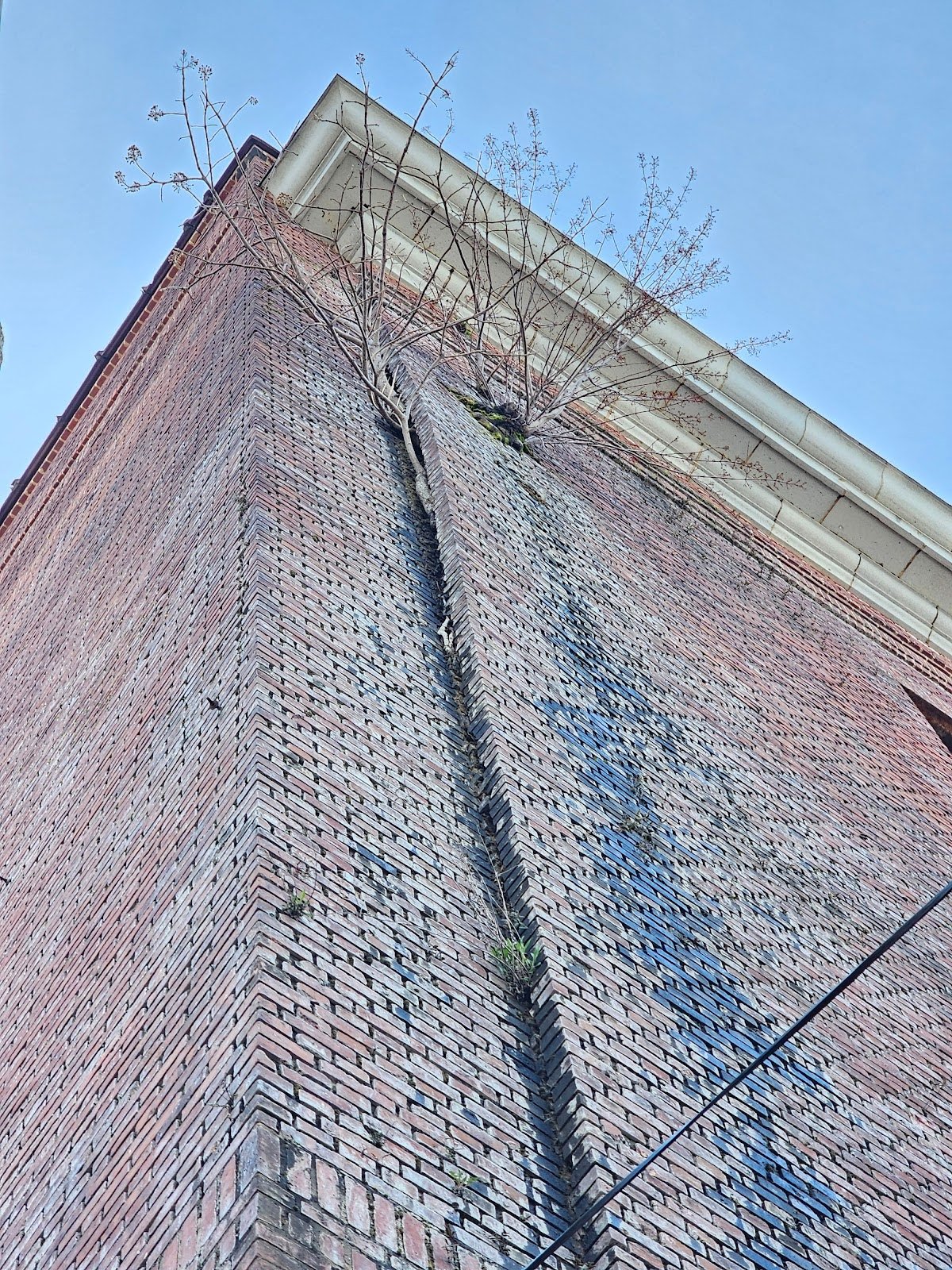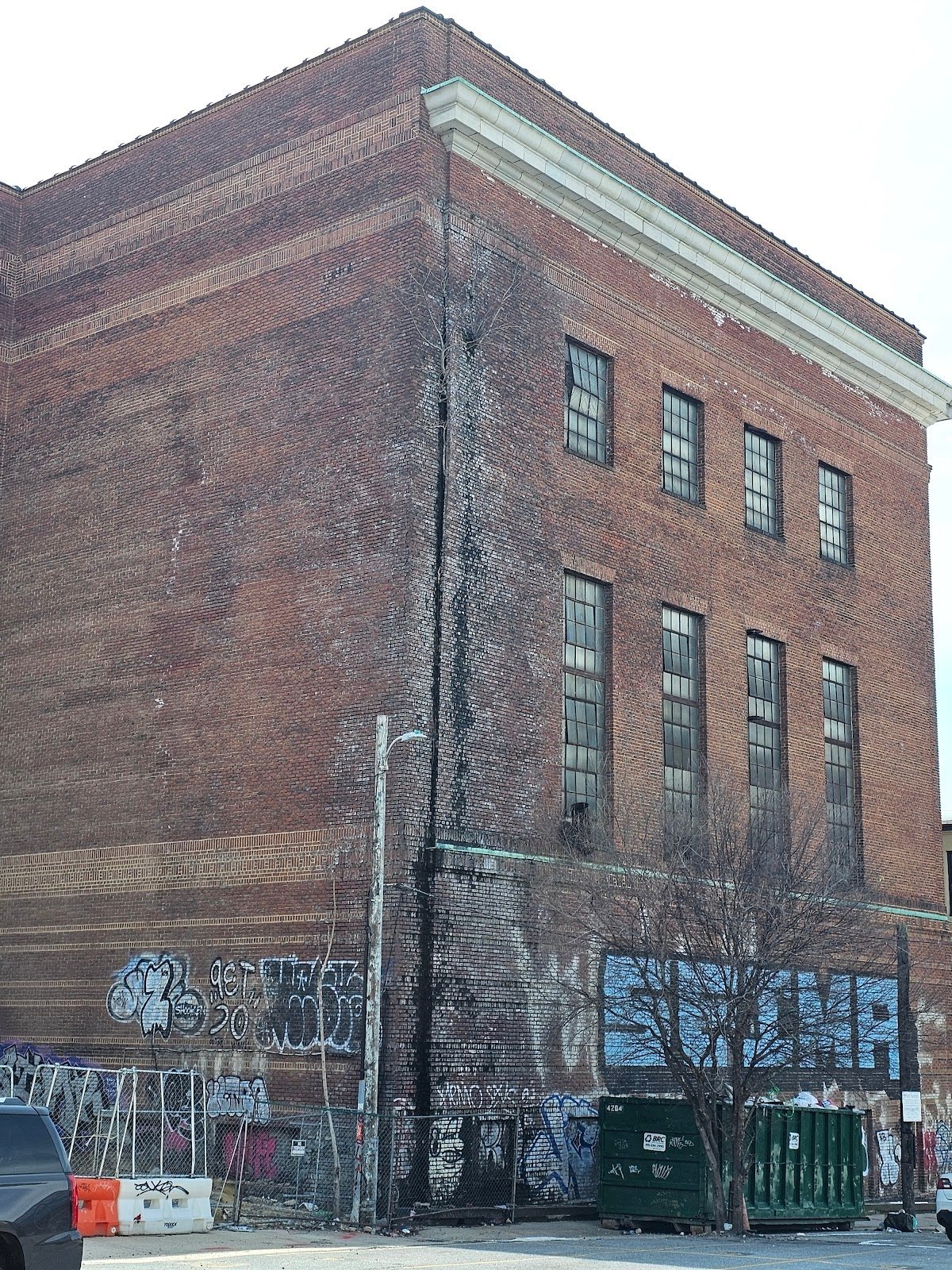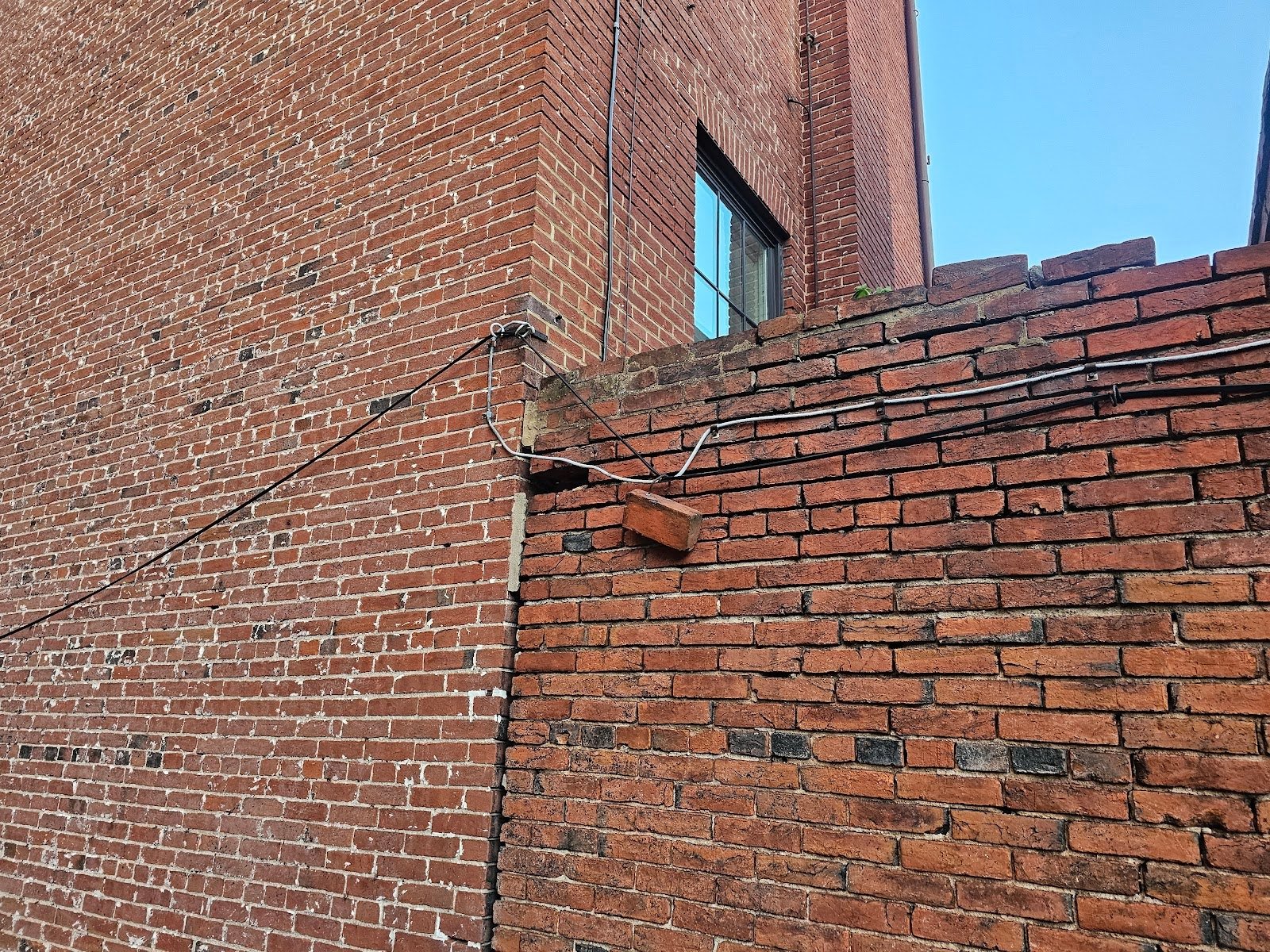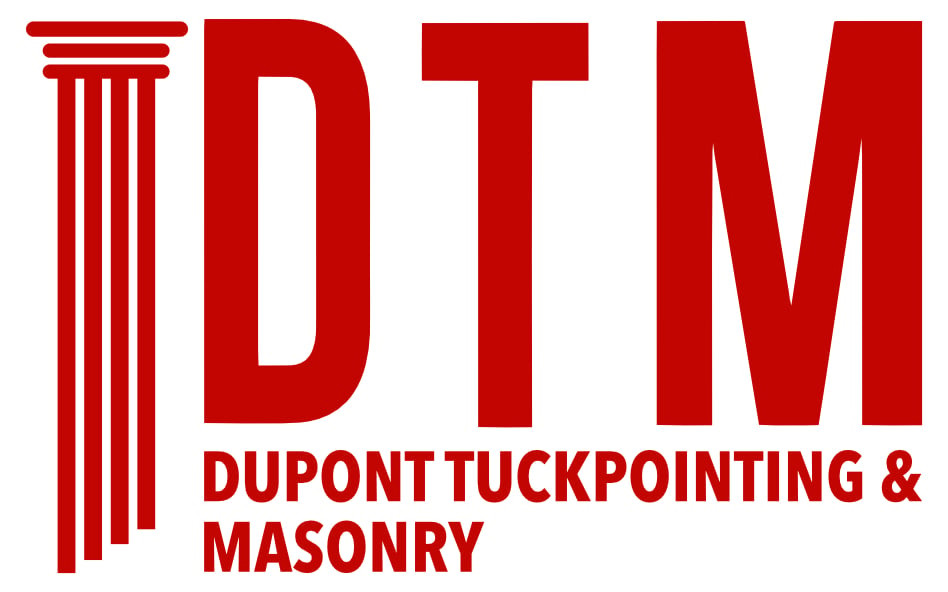This past week, we looked at the issue of over hydration of masonry joints and masonry units such as both stone facade and brick facade areas of buildings. Today we’re delving into that issue even deeper and looking closer at eight of the main causes of brick over hydration, we listed these causes in last week’s blog. Today we examine some of the related mechanisms of deterioration, on a chemical and physical level.
This past week, we took a look at several different photographs of this particular building corner where water poured down, both from the gutter above and from the lower termination of the downspout. Here you can see there are several voids and areas of deterioration where the brick mortar has failed and now allows water to freely enter deeper into the brick cavity. These areas need to have brick pointing, repointing, or tuck pointing, immediately. But that’s not the root issue, just a part of the solution. The other part of the needed solution requires redirecting the flow of water from the roof.

The overhydration of masonry walls leads to a degradation pathology, often causing accelerated deterioration of the structure. This excess moisture intrusion can originate from various sources, each exploiting vulnerabilities in the building’s design, construction, or maintenance. Understanding these pathways is essential for diagnosing existing problems and preventing future moisture-related damage. Eight of the main causes of overhydration follow:
- Opening headers or sills without proper bevel or cant to shed water consistently away from the facade: Architectural details such as window and door openings are particularly susceptible to water ingress. When headers (the structural members above openings) or sills (the bottom horizontal members) lack an adequate outward slope or overhang, they fail to deflect water effectively. Consequently, water tends to cling to these surfaces due to surface tension and capillary action, eventually migrating into joints and cracks in the masonry. This past week we also took a look at a different picture, from a slightly different angle at the area of damage where water pools up and then runs in a concentrated way from the sill above the area of spalling.

- Roof terminations, grade, and water diversion systems not properly graded or directed: The junction between the roof and the wall (roof termination) and the ground level adjacent to the foundation (grade) are critical water management zones. Improperly designed or deteriorated flashing at roof terminations can allow water to penetrate behind the cladding. Similarly, if the grade slopes toward the building or if water diversion systems like swales or French drains are absent or dysfunctional, groundwater can accumulate against the foundation walls.
- Rising damp from the ground into the foundation and/or base of the wall: This phenomenon occurs when groundwater ascends through porous building materials via capillary action, counteracting gravitational forces. The height of rise depends on factors such as pore size distribution, evaporation rate, and the presence of soluble salts. Absent or compromised damp-proof courses exacerbate this issue, allowing moisture to wick up into the superstructure.
- Faulty or damaged gutters and downspouts: These rainwater goods are designed to collect precipitation from the roof and channel it away from the building envelope. When they are improperly sized, poorly maintained, or physically damaged, water can overflow or leak directly onto the masonry. The concentrated and often persistent nature of this water exposure can lead to severe localized wetting.
- Improper drainage around the building perimeter: Inadequate site grading, compacted or impervious soils, and buried building elements can all contribute to poor subsurface drainage. This results in hydrostatic pressure buildup against foundation walls and potential water intrusion, especially in basements or crawl spaces. The moisture then migrates upward through the wall assembly.
- Use of inappropriate materials in restoration (e.g., cement-based mortars): The material compatibility in masonry systems is crucial for proper moisture management. Traditional lime-based mortars are porous and exhibit autogenous healing properties, allowing walls to “breathe” and facilitating evaporation. In contrast, modern cement-based mortars are often too hard and impermeable for historic brickwork. They can trap moisture within the wall, concentrate stresses on the bricks, and hinder the natural wetting-drying cycles.
- Prolonged exposure to driving rain or floods: Severe weather events can overwhelm even well-designed water-shedding systems. Wind-driven rain, in particular, can create positive pressure differentials that force water into microscopic openings in the masonry. During floods, hydrostatic pressure and prolonged immersion lead to deep penetration of water into the pore structure of bricks and mortar.
- Condensation due to poor ventilation: This cause is often overlooked because it originates from within the building. When warm, humid interior air encounters cold surfaces (often due to thermal bridging or inadequate insulation), water vapor condenses into liquid water. In poorly ventilated spaces, this condensation can accumulate within the wall assembly, particularly if there are vapor barriers in inappropriate locations.
Each of these causes contributes to the elevated moisture content within the masonry wall assembly. Often, multiple factors act in concert, creating complex moisture dynamics. The resulting overhydration sets the stage for various deterioration mechanisms, which leverage the omnipresence of water to initiate and accelerate degradative processes. These mechanisms of damage, discussed in detail below, encompass physical, chemical, and even biological phenomena that compromise the integrity of the masonry structure.
Again, we mentioned, any interventions or treatments for historic masonry should be done with care and under the guidance of experienced professionals, like our company, to ensure the preservation of the building’s historic integrity. Outer company can help.
You can reach us by telephone at (202) 796-7644 and you can reach us by email from the contact form on our website at https://duponttuckpointingmasonrydc.com/contact-us/.
